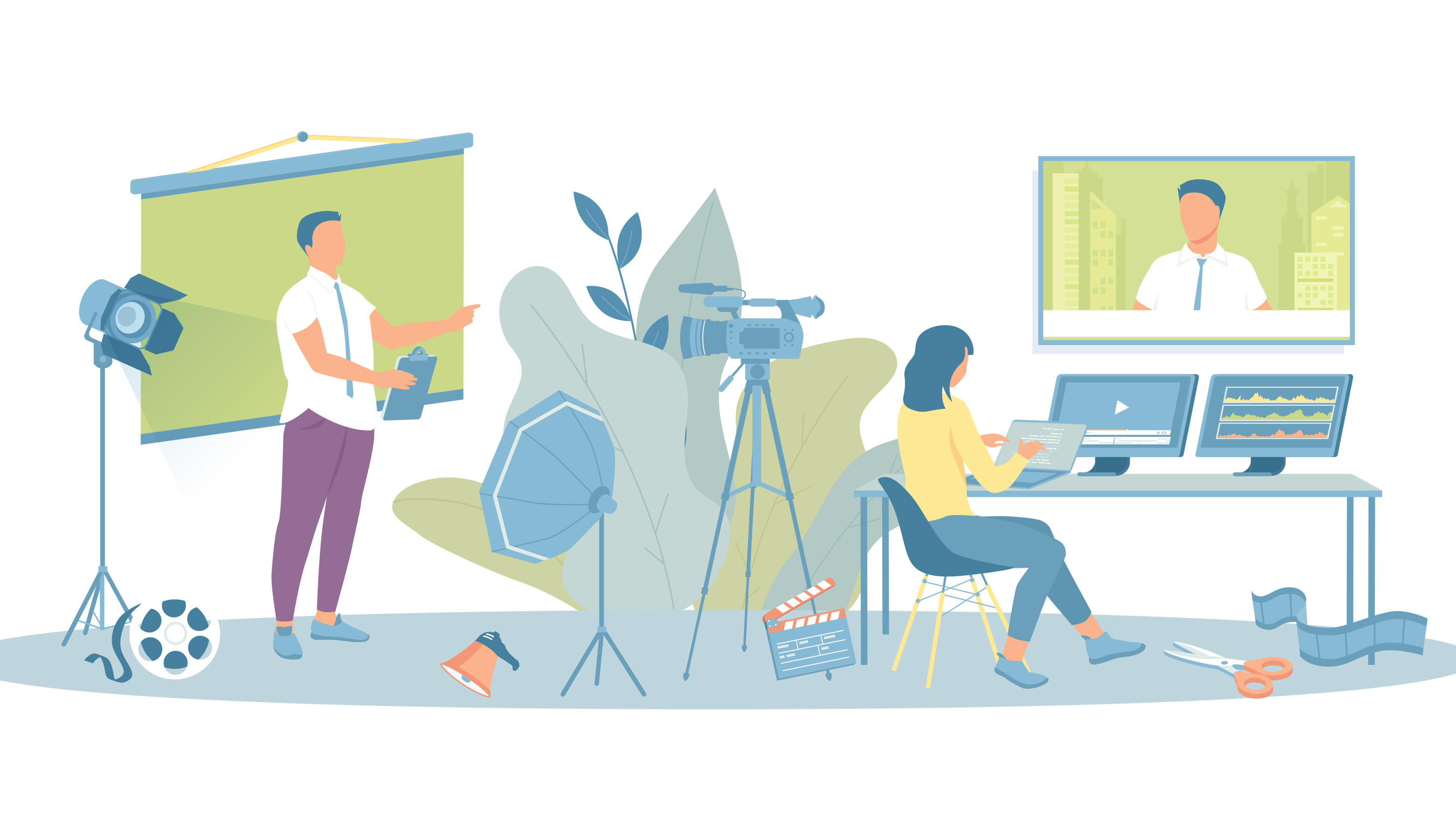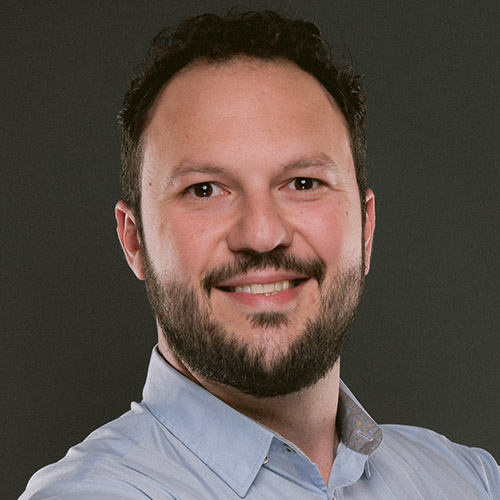Viewpoint: What Happened to the AV Department?
Today's new norm is built on AVoIP technologies.

Once upon a time, in every school, church, office, and government building, there was a cluttered room full of dusty speakers, a workbench with cables being soldered, and piles of hard cases with all sorts of gear, cameras, microphones, and more. Inside, you'd find one or a group of ponytailed guys, usually dressed in black rock band shirts, smelling of cigarettes, and killing time reading old, yellow-paged Marvel comics. Then, the phone would ring, or someone would knock on their door with a stressed voice saying, "I need a techie guy immediately!"
[The Integration Guide to AVoIP 2024]
If this scene brings a nostalgic tear to your eye, you're probably over 40—or, like me, you're younger but grew up in a small, underdeveloped town. In my case, it was Itupeva, an agricultural town with only one traffic light in São Paulo, Brazil. Today, that room clutter has largely been replaced by “the network.”
Back then, the AV department’s main job was to help with the auditorium, set up meeting presentations, and occasionally record full events. This meant setting up microphones, speakers, stage lights, and cameras. Audio and video guys each had their own skillsets.
The old-school audio guy was usually a music enthusiast, maybe even a musician. Rock 'n' roll fans loved soldering cables and tinkering with gear, while techno-heads gravitated toward lights and tech like MIDI and DMX. Sure, it's a bit of a stretch, but each audio guy back then learned the craft through trial and error, often with a Band-Aid on their finger from a wiring mishap.
How It Started
Having a camera felt magical. Looking through the viewfinder for the first time is unforgettable—I still see a lower-third with “January 1st, 1990” on my mind. Video guys came mostly from photography, journalism, cinema, and families that captured all those kid moments on film.
I volunteered for my first job in the AV department of my public school. I was 11, but tall and strong enough to carry stuff from the AV room to the stage. I rolled cables around my elbow and shoulders until my bearded mentor showed me the trick of twisting the cable with your fingers to create the perfect loop. (Don’t forget to keep the same pull length!)
A daily selection of the top stories for AV integrators, resellers and consultants. Sign up below.
Fast forward 15 years, and I’m working at TV Globo, Brazil's largest broadcaster, in Rio de Janeiro. On my first day as a Vision Mixer Jr., I was introduced to the mystical “Systems Engineering Room.” Coming from recording studios, my own AV production house, and freelancing in smaller broadcasters back in my small town, I never imagined I'd be considered part of a systems engineering team.
Today, an AV professional is only as strong as their IP/network knowledge.
I had a bachelor’s degree in media sciences with a specialization in AV production, but "engineer" sounded boring. I wanted to be a director, a producer, a creator! But working at Globo taught me the importance of planning a topology and calculating the signal flow needed for large systems.
Whether it's a broadcast studio, school auditorium, office meeting room, or a multipurpose venue, the quality of your work is tied to the effectiveness of your operations and the flexibility to accommodate requests.
[Viewpoint: An Invitation for Collaboration]
"Hey Gus, I need a mic in the cafeteria." Sure, one wired mic and two active speakers should do it. Mic XLR to the first active speaker, link both with another XLR.
Ten minutes later, "Gus, the director wants to address the new students. Can you add a couple more mics?" No worries. Let me grab a mixing desk, a few more mics, and cables.
Three minutes before the speech, "Gus, some employees cannot come, but they want to call in and listen from their phones. Can you set that up?" OK, that'll take a minute.
Any more requests? "Yes, make sure they can ask questions over the Tannoy?" Well, that'll take a bit longer.
After the event, "Great job, Gus. Now send the recording to the archive."
What recording?!?
Where It's Going
Jokes aside—and this wasn’t a joke— a successful AV operation today needs flexibility and scalability, even for simple presentations. With most AV manufacturers adopting IP-based solutions for their signal transport, AV professionals must understand local and remote network topologies, or as we AV-over-IP professionals say, LAN and WAN. Today, an AV professional is only as strong as their IP/network knowledge.
If you're not yet familiar, it's time to learn about AVoIP protocols such as NDI, Dante, ST 2110, and AES67. These “agreements amongst machines” (as I like to call the protocols) help AV manufacturers make their products interoperable, scalable, and flexible. While you could accomplish many things with analog devices and point-to-point systems, going digital with networked solutions makes everything lighter, better, and future-proof.

What should replace the AV department? The ideal department includes systems engineering with professionals sharing AV and IP knowledge. IT experts build and maintain infrastructure performance, reliable AVoIP engineers specify and deploy devices and protocols, and AV operators ensure it all sounds and looks good.
If an apprentice today received the same request I had back then, I hope they'd know about AVoIP solutions and avoid the hassle of last-minute requests with a scalable and flexible setup.
“Hey Gus, I need ...” I'll bring a NETGEAR AV switch, Dante mixing desk, some wired and wireless analog mics, a couple of NDI cameras, a Zoom account with DVS, and stream the event via OBS while automatically recording it to the cloud.
Want more channels? Dante handles up to 512. Want more cameras? Find another port on the switch, plug-and-play. Want to share? The recording is available automatically after the event ends. Project complete—and I can enjoy the rest of my day without rolling gluey cables and getting my rock band shirt stinky. Long live AVoIP.
Gus Marcondes is the global training manager for NETGEAR and was recognized in SCN's The Nine in 2024.

